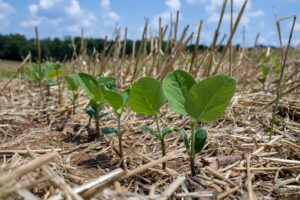
Wet Weather, Late-Planted Beans: Your Data-Driven Playbook
Wet weather across North Carolina delayed soybean planting into July and forced some growers to replant. Many now ask …



El inglés es el idioma de control de esta página. En la medida en que haya algún conflicto entre la traducción al inglés y la traducción, el inglés prevalece.
Al hacer clic en el enlace de traducción se activa un servicio de traducción gratuito para convertir la página al español. Al igual que con cualquier traducción por Internet, la conversión no es sensible al contexto y puede que no traduzca el texto en su significado original. NC State Extension no garantiza la exactitud del texto traducido. Por favor, tenga en cuenta que algunas aplicaciones y/o servicios pueden no funcionar como se espera cuando se traducen.
Inglês é o idioma de controle desta página. Na medida que haja algum conflito entre o texto original em Inglês e a tradução, o Inglês prevalece.
Ao clicar no link de tradução, um serviço gratuito de tradução será ativado para converter a página para o Português. Como em qualquer tradução pela internet, a conversão não é sensivel ao contexto e pode não ocorrer a tradução para o significado orginal. O serviço de Extensão da Carolina do Norte (NC State Extension) não garante a exatidão do texto traduzido. Por favor, observe que algumas funções ou serviços podem não funcionar como esperado após a tradução.
English is the controlling language of this page. To the extent there is any conflict between the English text and the translation, English controls.
Clicking on the translation link activates a free translation service to convert the page to Spanish. As with any Internet translation, the conversion is not context-sensitive and may not translate the text to its original meaning. NC State Extension does not guarantee the accuracy of the translated text. Please note that some applications and/or services may not function as expected when translated.
Collapse ▲
Wet weather across North Carolina delayed soybean planting into July and forced some growers to replant. Many now ask …
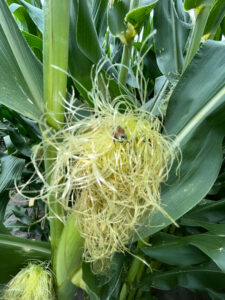
Current Situation in North Carolina Corn is currently at the tasseling and silking stages across the state, which is typically …
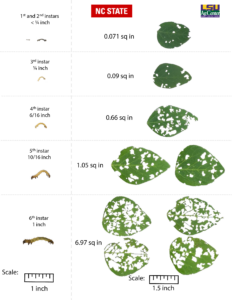
Authors: Igor Sulzbacher Schardong (NC State University), Dominic D. Reisig (NC State University), Berenice Romero (Louisiana State University), Jeff Davis, (Louisiana State …
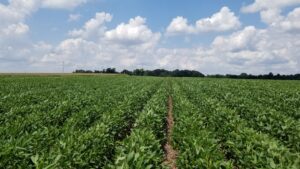
Soybean can tolerate considerable defoliation before it loses yield. Common major defoliating pest species in NC include bean leaf …
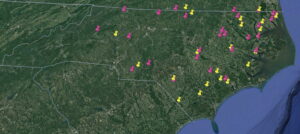
Article by Alexis Alsdorf, NC State Department of Entomology and Plant Pathology PhD student Helicoverpa zea (corn earworm or bollworm) …
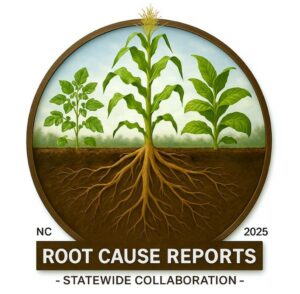
It’s been one month since the launch of Root Cause Reports!From seedling diseases to deer damage and stink bugs, …
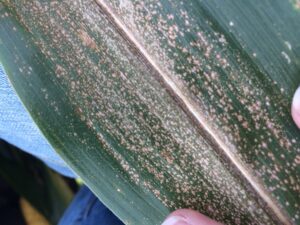
Are the spots circular with tan centers and purple to dark brown margins, possibly surrounded by yellow halos? → …
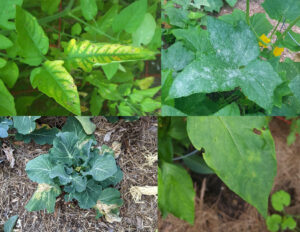
Please note: this message affects all PDIC users, except samples of turf/grasses for the Turf Diagnostic Lab Summer is always …
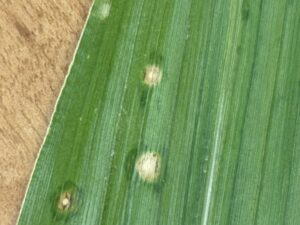
With such a wet May, y’all are probably seeing an uptick in leaf spots on corn, but there’s no …

Root Cause Reports Turning Local Problems into Statewide Solutions Beans Gone Wild began as a tool to capture and share real-time …

The corn leafhopper (Dalbulus maidis) is a pest of corn that typically lives in warm places, such as areas …
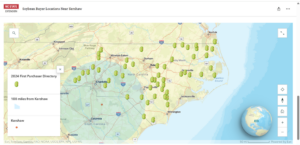
In response to ADM in Kershaw’s pending closure we have developed a list and map of alternative soybean buyers …

Commercially available foliar fungicides (Table 1) were evaluated for their impact on disease and yield responses. Under favorable conditions …
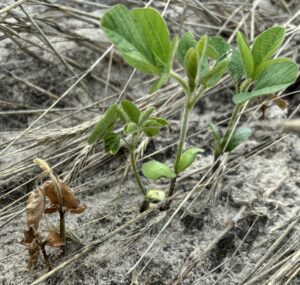
This post was co-authored by Shannon Holliday, a M.S. student in the Department of Entomology and Plant Pathology, advised …

On March 19 2025, through The Disaster Recovery Act of 2025 – Part I (S.L. 2025-2), the North Carolina General …

Spring’s here, and with it the need to look out for wheat and barley diseases. Here are two tools …
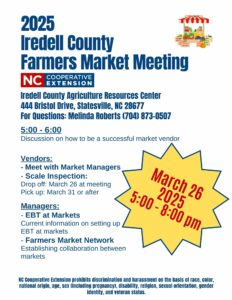
Join us for the 2025 Iredell County Farmers Market Meeting to meet with current market managers. have your legal …
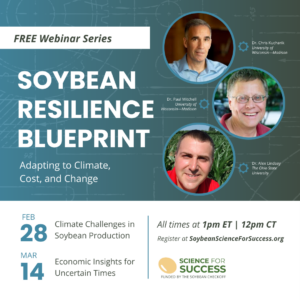
Farmers, agronomists and researchers are invited to Science for Success’ national webinar series Soybean Resilience Blueprint: Adapting to Climate, …
Every year, entomologists from the National Cotton States Arthropod Pest Management Working Group are polled on insecticide efficacy. This …
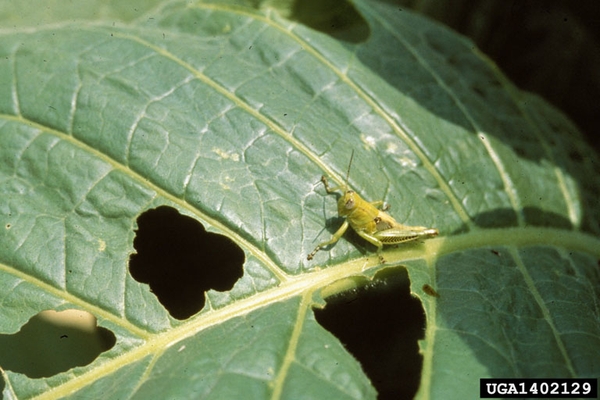
Several species of grasshoppers can cause foliar feeding damage in tobacco. They are typically most …

This Extension publication provides an overview of the tobacco budworm (Chloridea virescens), a common pest …

This factsheet for farmers describes concepts, terminology, and guidelines concerning soil sampling. Proper testing allows …
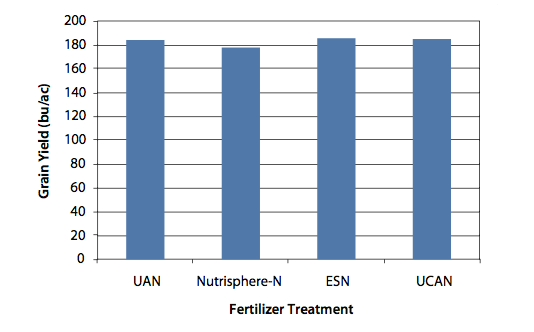
Nitrogen fertilizer products are being developed and marketed as having the potential to increase yields and …
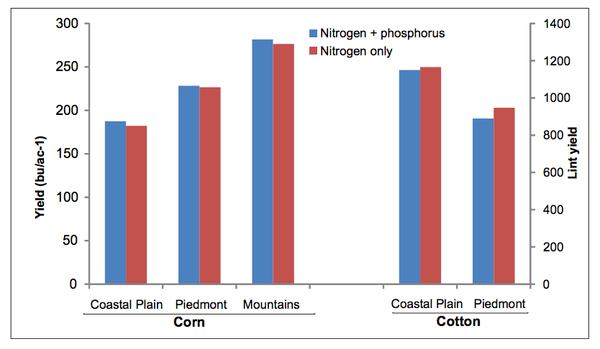
Phosphorus (P) is the second most important nutrient in crop production but is often found …

This factsheet describes the symptoms of a shoot inhibitor herbicide injury.

This factsheet describes the symptoms of a metribuzin herbicide injury.

This factsheet describes the symptoms of a dichlobenil herbicide injury.